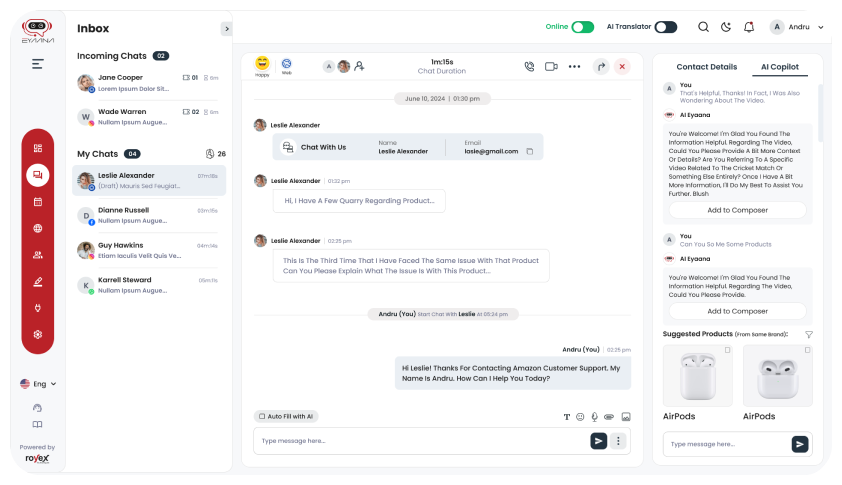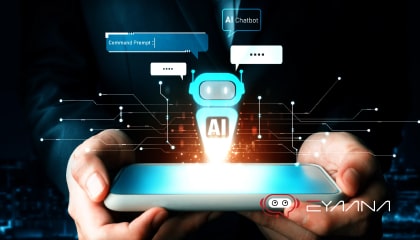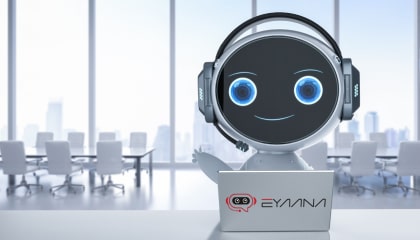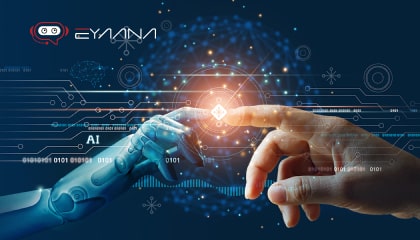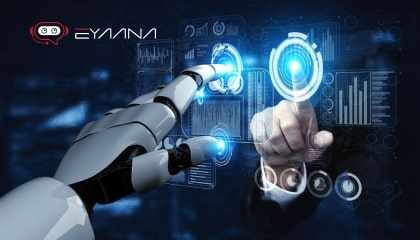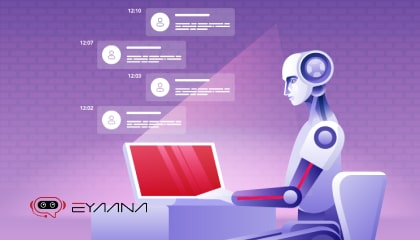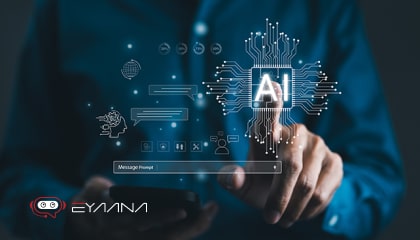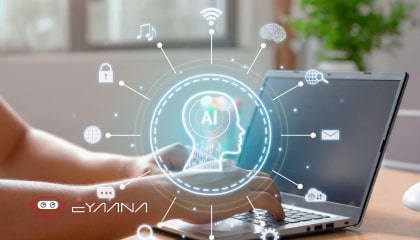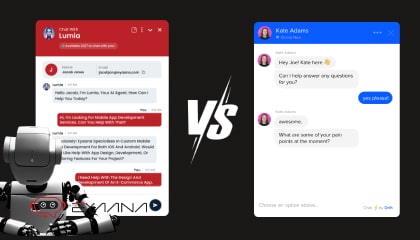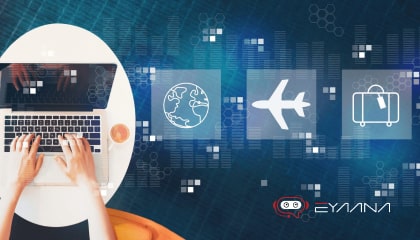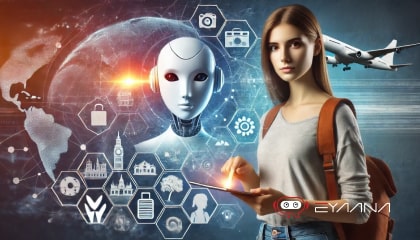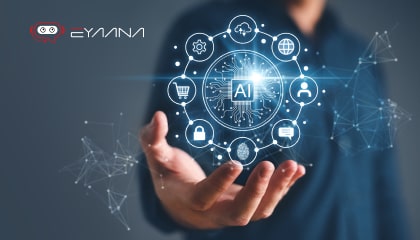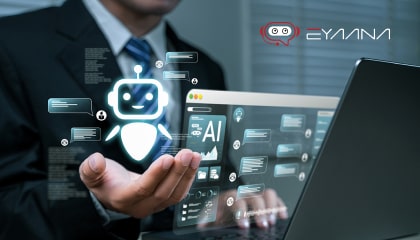Enquiry
Blog Details
Chatbots 2.0: The Future Showdown Between Generative AI and Rule-Based Chatbots
In the world of conversational AI, chatbot apps have become a pivotal tool for enhancing ai customer service, driving engagement, and streamlining operations. Two primary types of chatbots are used today: Generative AI Chatbots and Rule-Based Chatbots. Each of these approaches has its own set of advantages and limitations, and they serve different purposes depending on the needs of the business.
1. What is a Generative AI Chatbot?

Generative AI Chatbots are built on sophisticated machine learning models, particularly those in the domain of Natural Language Processing (NLP). These chatbots use algorithms to generate responses on the fly, without relying on predefined scripts or rules. They are trained on vast amounts of text data and can understand and generate human-like responses in real time.
How Generative AI Chatbots Work:
-
Data Training: These chatbots are trained on large datasets that include dialogues, conversations, and other forms of textual data.
-
Context Understanding: Generative AI chatbots understand the context of the conversation by analyzing the user's input, identifying intent, and generating an appropriate response.
-
Real-Time Generation: Instead of pulling from a set of predefined answers, they generate responses word by word or sentence by sentence, making each interaction unique.
-
Continuous Learning: Over time, these chatbots can improve by learning from new data, user interactions, and feedback.
Quality of Response:
-
Generative AI chatbots can produce highly engaging, personalized, and contextually relevant responses. However, because they generate responses in real-time, they may occasionally produce outputs that are incorrect, irrelevant, or nonsensical.
Advantages:
-
Adaptability: Can handle a wide variety of queries, even those not explicitly programmed into them.
-
Human-like Interaction: Capable of producing responses that mimic human conversation closely.
-
Personalization: Can tailor responses based on user history, preferences, and the ongoing conversation.
Challenges:
-
Accuracy: There’s a risk of generating incorrect or inappropriate responses.
-
Resource-Intensive: Requires significant computational power and data for training.
-
Regulation Compliance: May generate content that isn’t compliant with industry-specific regulations.
EYAANA: A New Kind of Generative AI Chatbot
Eyaana is an innovative, next-generation Generative AI Chatbot app designed to manage all forms of chat in one place. Unlike traditional chatbots that might be limited to specific platforms or types of interactions, EYAANA integrates and streamlines communication across various channels, providing a seamless experience. This advanced tool leverages the latest in AI technology to offer more than just responses—it manages, optimizes, and personalizes the entire conversation flow, making it a game-changer in the realm of customer engagement.
2. What is a Rule-Based Chatbot?

Rule-Based Chatbots, also known as scripted or deterministic chatbots, operate based on predefined rules and decision trees. These bots follow a set of rules designed by developers to guide conversations and lead users down specific paths.
How Rule-Based Chatbots Work:
-
Decision Trees: Developers create decision trees with if-then logic, defining how the bot should respond to specific inputs.
-
Predefined Scripts: All possible interactions are mapped out in advance, so the chatbot can only respond in ways that were predetermined.
-
Keyword Recognition: Some rule-based chatbots rely on recognizing keywords in user inputs to trigger specific responses.
Quality of Response:
-
Responses from rule-based chatbots are typically more consistent and predictable. However, they may fail to provide meaningful responses outside the scope of their predefined scripts.
Advantages:
-
Reliability: Since the responses are pre-programmed, they are often more reliable and consistent.
-
Simplicity: Easier to develop and manage, as they do not require complex algorithms or vast datasets.
-
Control: Businesses have full control over the bot’s responses, ensuring they align with brand voice and regulatory requirements.
Challenges:
-
Limited Flexibility: Cannot handle queries that fall outside the predefined scripts.
-
Static Interactions: Conversations can feel rigid and less engaging, leading to potential user frustration.
-
Scalability: Expanding the bot’s capabilities requires manual updates to the decision trees and scripts.
3. Customer Preferences and Market Trends
Customer Preferences:
-
Generative AI Chatbots are favored for their ability to create more engaging, dynamic, and personalized interactions. Customers who value a human-like experience are likely to prefer these chatbots, especially in contexts requiring nuanced understanding, such as customer support or complex problem-solving.
-
Rule-Based Chatbots are preferred in scenarios where reliability and predictability are paramount. For example, in banking or healthcare, where precise and regulated responses are necessary, rule-based chatbots are often the preferred choice.
Market Dominance:
-
The market is increasingly leaning towards Generative AI Chatbots as the technology matures. With advancements in AI, particularly in the fields of NLP and deep learning, these chatbots are becoming more capable of handling complex queries, providing personalized experiences, and continuously improving through machine learning.
-
Rule-Based Chatbots still hold a significant place in the market, particularly for businesses that need strict control over interactions and where the complexity of queries is low. They will continue to be relevant in specific industries or for smaller businesses that may not have the resources to deploy AI-based solutions.
4. Future Outlook: Which One Will Dominate?
As AI technology continues to evolve, Generative AI Chatbots are expected to dominate the market. The shift towards AI-driven solutions is driven by the demand for more sophisticated customer interactions, the ability to scale customer support, and the desire to harness data for improving business processes. The potential for these chatbots to learn, adapt, and provide increasingly accurate and relevant responses positions them as the frontrunners in the chatbot landscape.
However, Rule-Based Chatbots will not disappear entirely. Their simplicity, reliability, and ease of control ensure that they will remain valuable, especially in sectors where accuracy and compliance are non-negotiable.
In conclusion, both Generative AI and Rule-Based Chatbots have their place in the market. The choice between them depends on the specific needs of the business, the complexity of interactions, and the desired customer experience. As customer expectations continue to rise, businesses may find that a hybrid approach, combining the strengths of both technologies, could provide the most effective solution.
To explore how AI can enhance your business operations, sign up for free and get started with Eyaana today.
Do you need help?
We will provide detailed information about our services, types of work, and top projects. We will calculate the cost and prepare a commercial proposal.
